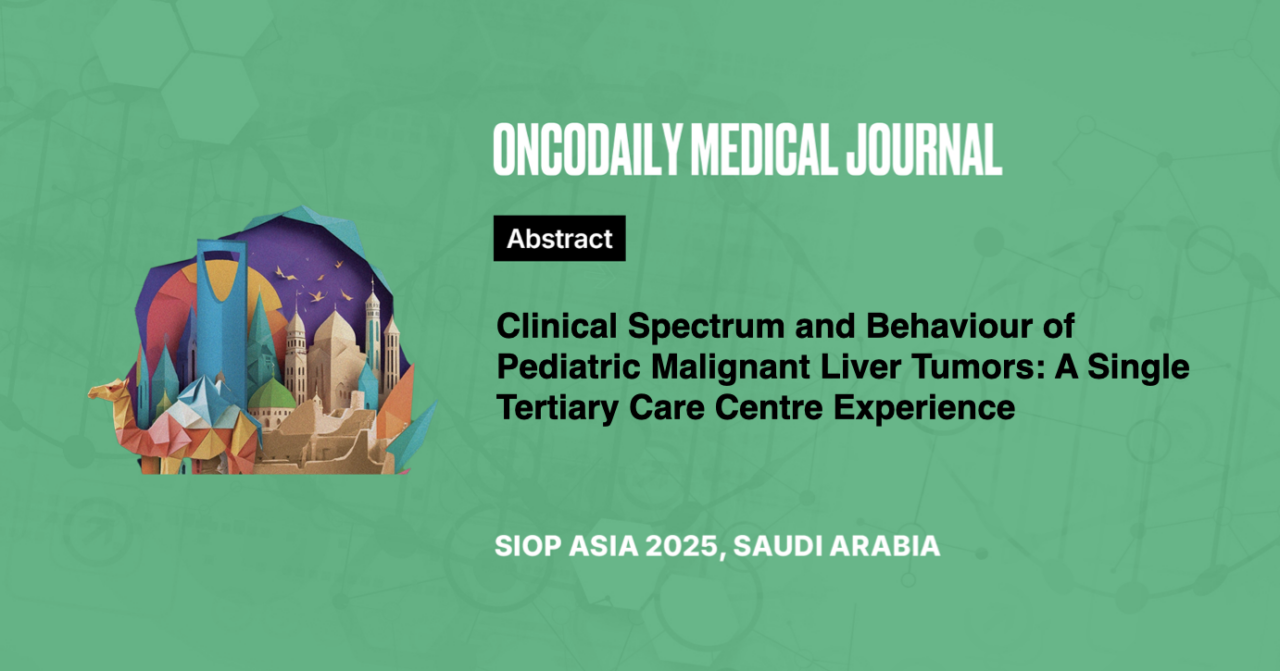Clinical Spectrum and Behaviour of Pediatric Malignant Liver Tumors: A Single Tertiary Care Centre Experience
Abstract
Introduction: Hepatoblastoma (HB) is the most common primary malignant hepatic tumor followed by hepatocellular carcinoma (HCC). The main objective of this study is to analyze the clinical presentation, behavior, and outcome of children with malignant liver tumors presenting to our center.
Methodology: This retrospective study was conducted from January 2018 to December 2022. All children diagnosed as HB or HCC on radiological findings raised alpha-fetoprotein (AFP) levels and on needle biopsy were included. Clinical data was collected from the record and was analyzed by using SPSS version 20.SIOPEL-3 protocol was followed.
Results: Altogether 81 patients were enrolled, 75 (92%) with hepatoblastoma and 6 (7.4%) HCC. Males were dominant 57 (70%). The minimum age was 3 months in HB with a mean age of presentation of 18 months and HCC 132 months. Majority of 26 (32%) presented with raised AFP levels >30,000 ng/ml, fifteen (18.5%) in lacs, and only 7 (8.6%) with less than 1000.
Histological diagnosis of HB was made in 37 (49%) without further subtype, twelve (16%) had fetal type and 7 (9%) epithelial. Twenty-six (32%) had pretext II disease, 18 (22%) pretext IV, and 15 (18%) pretext III. Sixteen (20%) with metastatic disease, and 23 (28%) with vascular involvement Treatment was abandoned by 28 (34%), and nine (11%) including all HCC were offered palliation. Fifty-one (68%) patients with HB received neo-adjuvant chemotherapy and 25 (33%) have proceeded for surgery. 21 (28%) patients were cured, 20 (26 %) died and 5 (6.5%) had relapse.
Conclusion: The majority of our study population particularly HCC had dismal prognoses attributable to the advanced metastatic and aggressive unrespectable disease on presentation. However, patients with hepatoblastoma having unifocal localized disease had fair survival after timely chemotherapy and complete surgical resection.





